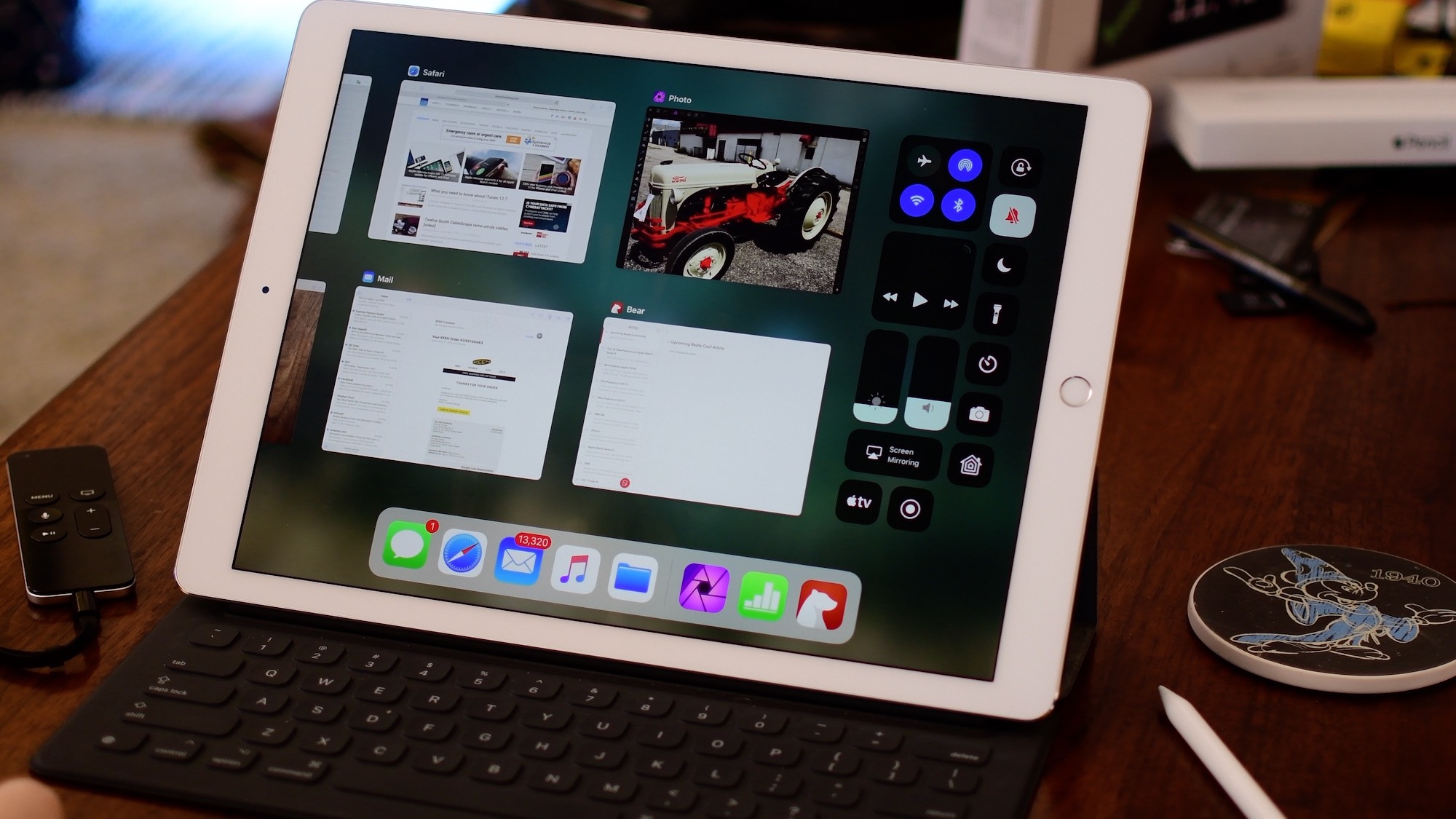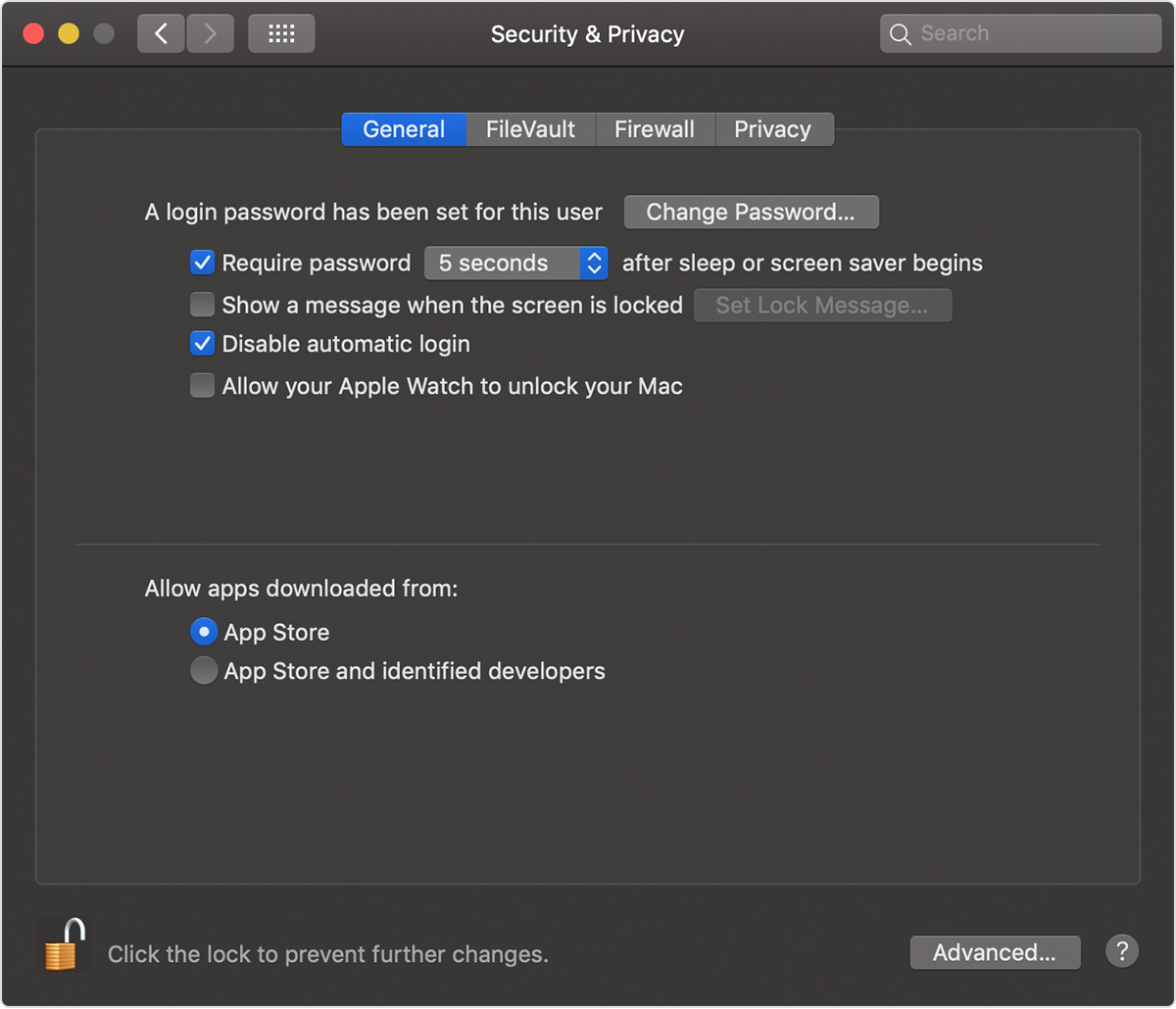How To Run An Ios App On Mac
This means that iPhone and iPad apps will be natively compatible with the new models, as they’re designed to run on the same type of processor. According to Apple, apps written for the iPhone and iPad won’t require any modifications to work on a new ARM-based Mac. Open the App Store app on your Mac. Click Updates in the App Store toolbar. Use the Update buttons to download and install any updates listed. When the App Store shows no more updates, the installed version of macOS and all of its apps are up to date. That includes Safari, iTunes, iBooks, Messages, Mail, Calendar, Photos, and FaceTime. The simulator is for running applications that you yourself are developing. It does not allow the running of apps from the store. Apps do not come with source code: this is the proprietary information of the developer. No developer will give you their source code. There is no way to run iOS apps from the store on a Mac.
How To Run An Ios App On Pc
Every time developers come up with an idea for an app they face the eternal question: Which platform should we build it for, iOS or macOS? After all, resources, especially in the beginning, are constrained and no one wants to risk spreading themselves too thin by working on two products at the same time.
In most cases, the decision comes down to pure numbers: There are over 1.3 billion active iOS devices against 100 million macOS ones. So iOS usually wins. But even though you can build progressive Mac apps with WebView, nothing beats a native Mac app for user experience and speed. Finally, with Apple’s announcement of Project Catalyst at WWDC 2019, you don’t have to compromise any longer.
What Is Project Catalyst
In a nutshell, Project Catalyst is a new macOS Catalina feature (out of more than 120) by Apple built into the latest Xcode 11, which allows developers to extend their existing iOS apps to macOS using all the native Mac functionality, such as mouse and keyboard navigation, window and file management, rich text editing, etc.
To try Project Catalyst today, download macOS Catalina first. Note that not all apps are eligible for iOS to macOS transfer. How to know which are which?
iOS app criteria for Project Catalyst
Apple made sure that most iPad apps would have no problem transferring to macOS. But there are a few exceptions. First, if your app relies on features that are exclusive to iPad, it might not operate correctly on Mac. Some examples include using gyroscope, accelerometer, back-facing camera, HealthKit, or ARKit.

In general, Apple says that if the app supports the latest iPad functionality, such as multitasking, drag and drop, as well as keyboard shortcuts, porting it to Mac shouldn’t be a problem. In addition, try to think through the user experience of your app on macOS to check for any incompatibilities yourself.
Benefits of using Project Catalyst
Currently, there are two approaches to building apps on Mac. Either you create something natively or use WebView. The first approach requires a completely separate codebase; the second, a functioning web app and results in slower user experience in the end.
Project Catalyst combines the best of both worlds. It lets you create completely native apps while retaining exactly the same codebase you had in iOS. Basically, at the flip of the switch, you get access to macOS features like:
- System Preferences.
- Keyboard, trackpad, mouse, and Touch Bar input methods.
- Menu bar.
- Window management and content scaling.
- And many more.
All in all, using Project Catalyst would save you days, or even weeks, right from the beginning and an immeasurable amount of time you’d otherwise spend maintaining separate codebases in perpetuity.
How to start with Project Catalyst

Ios Apps On Mac
Once you’re running macOS Catalina and have Xcode 11, turning on Project Catalyst is a breeze:
- Open your iOS app project in Xcode.
- Go to project settings and check the Mac box.
- The Mac version of the app should now be created.
The new Mac app shares the same codebase, frameworks, resources, and runtime environment as your iOS app. As you continue to enhance and optimize your project, compatible changes will appear in both versions.
How To Run Ios App On Macos
If you need some feature inspiration, check out the newly released Project Catalyst apps created by the teams at Twitter, Jira, and TripIt. But before you start building the new app in a new macOS Catalina environment, make sure your Mac is running at top speed.
Make sure your Mac is bug-free
Developers know that every time you change any variables around your app, unpredictable things might happen. The best you can do is ensure your Mac hasn’t carried over any bugs accumulated in years of use. The fastest way to do this is using a professional optimizer:
- Download a free version of CleanMyMac X here.
- Open the app and go to Maintenance under Speed.
- Check Free Up RAM, Run Maintenance Scripts, Rebuild Launch Services, and anything else you deem applicable.
- Click Run.
The Maintenance scan will ensure your Mac is not laden with everyday inefficiencies. However, if you feel like your Mac needs a deep, overall optimization scan, CleanMyMac X can help you here too:
- Instead of Maintenance, go to System Junk.
- Click Scan.
- Review Details and check appropriate options.
- Select Clean.
Now that your Mac is free of bugs, resource-hogging cache files, and unresponsive processes, you’re ready to take full advantage of Project Catalyst. Port your iOS app to macOS in no time and remember to scan regularly (about twice a month) with CleanMyMac X to make sure all processes run as smoothly and quickly as possible.
These might also interest you:
© Crystal Cox/Business Insider You'll be able to run iPhone apps on the coming Mac computers. Crystal Cox/Business Insider- You can't run iPhone apps on a Mac computer without using an emulator, though that will change with a new generation of Macs, set to come out by the end of 2020.
- The new Macs will run on Apple's own chipsets that are similar to what's found in iOS devices.
- To run an iPhone app on an older Intel-based Mac, you need to use an emulator like Xcode.
- Visit Business Insider's Tech Reference library for more stories.
Your Mac isn't generally able to run apps from your iPhone. iOS apps are designed using a fundamentally different architecture than Mac software, which means they're incompatible – Mac programs can't run on iPhones, and iPhone apps can't run on Macs.
Running Ios Apps On Mac
Popular Searches
You'll soon be able to run iPhone apps on some Mac models
That's about to change, though. In an Apple developer conference earlier this year, Apple announced that it was going to stop building Macs with Intel-based CPUs. In its place, Apple is creating its own chipset in much the same way it already does for iPhones, iPads, and other iOS and mobile devices. When this happens, the new Macs will share a similar architecture to iOS devices and will be able to natively run iPhone apps.
Apple has designed its own ARM-based processors for iPhone and iPad devices for years. ARM chipsets use a design approach called reduced instruction set computing (RISC) which is generally more efficient and uses less power than traditional desktop processors, such as those made by Intel. Apple has had great success developing ARM chipsets for its mobile devices and the latest generation now offers enough performance for desktop devices like laptops. Starting late in 2020, Apple should be releasing Mac computers with these ARM-based chips.
Because these Macs will have an architecture that's so similar to iOS devices, Apple has announced that they can natively run iPhone apps with no further changes or modifications. You'll be able to install iOS apps directly from the Mac's app store.
© OLI SCARFF/AFP via Getty Images With the new generation of Macs, you'll be able to get all of your iPhone apps on your computer as well. OLI SCARFF/AFP via Getty ImagesThe timing is uncertain, but the new Macs running Apple chips are expected to come out before the end of the year. As a result, both Intel chipset and Apple chipset Macs will be around for quite some time, and only the ones with Apple chipsets will be able to run iPhone apps. This might be a little confusing until most Intel-based Macs have been retired.
Running iPhone apps on a Mac with an emulator
New, iPhone-app-compatible Macs may be coming soon, but that's not the entire story. Because software developers need to be able to test iPhone apps quickly and easily, they sometimes use emulator software to run iPhone apps on Macs.
There are a handful of emulators available for Mac that can run iPhone apps, but keep in mind that these are not intended for casual users. These programs are not easy to install or manage, and generally require developer knowledge to use them successfully. In addition, it's generally not possible to install apps from the Apple App Store; you're limited to apps stored on the Mac. One of the most common iPhone emulators is Apple's own Xcode.